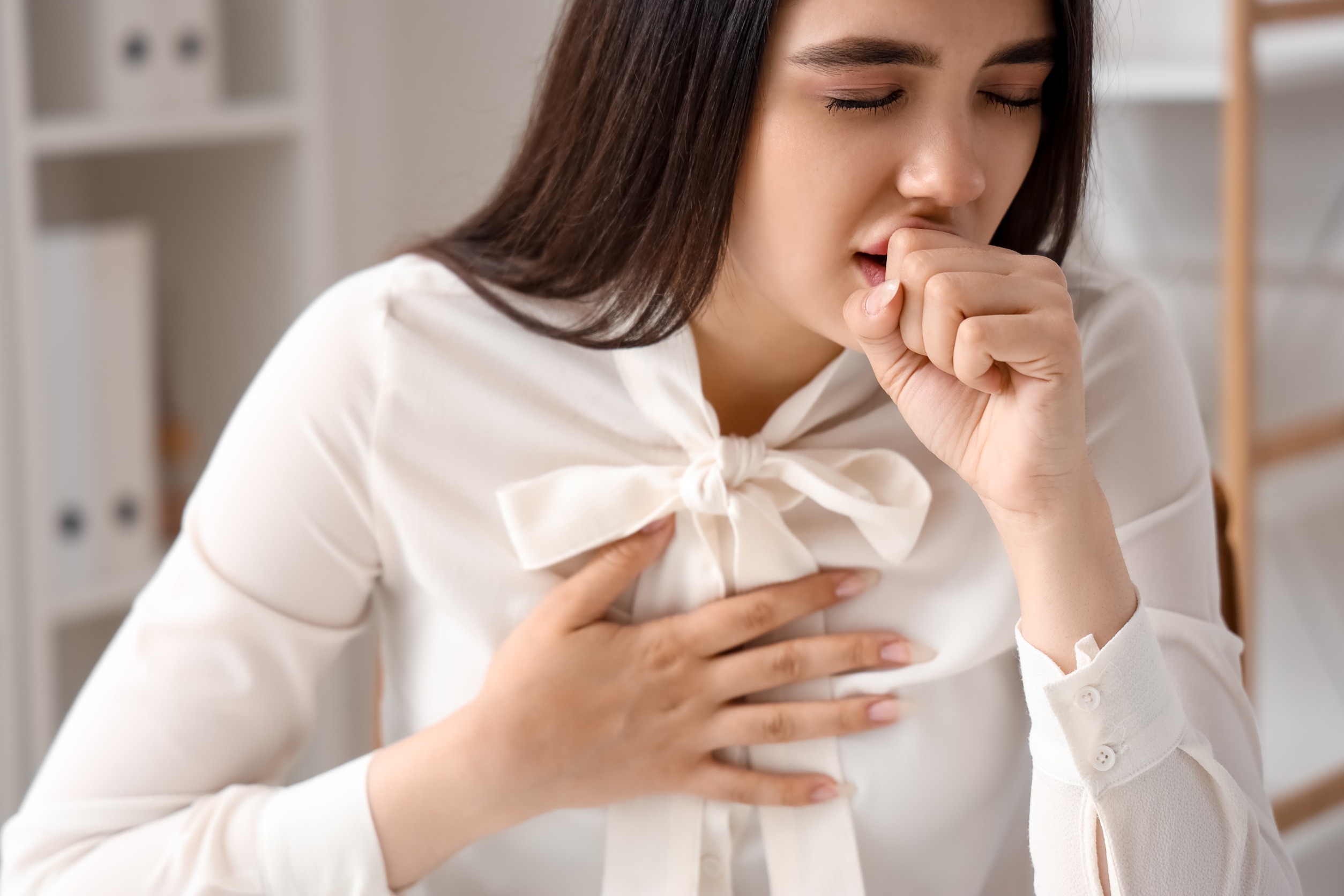If your social media feeds are filled with photos of banana bread, rudimentary watercolor paintings, and beginner sewing projects, it may be more than just people acting out of boredom. They’re likely getting other benefits from those efforts, too. Creative practices can offer a buffer against stress and anxiety, says Girija Kaimal, an associate professor in Drexel University’s creative arts therapies Ph.D. program and president-elect of the American Art Therapy Association.
Creating things, especially in the face of uncertainty, fear, or other distressing and unsettling emotions, is an innate drive, she says. Kaimal is not alone in believing in the de-stressing power of art. In 2016, a study in the Journal of Positive Psychology found that practicing simple creative arts on a regular basis can give you a psychological boost.
Before that, a 2010 review of more than 100 studies of art’s impact on health revealed that pursuits like music, writing, dance, painting, pottery, drawing, and photography improved medical outcomes, mental health, social networks, and positive identity. It was published in the American Journal of Public Health. And it’s not just art: Activities like cooking, baking, and gardening were linked to more positive well-being, according to research published in the Journal of Happiness in 2018.
OK. Art can give your mental health a boost, but what if your art is, well, mediocre at best? The answer is simple: there’s no need to think about that! Grief counselor Mary Potter Kenyon says the thing that stops many people from embracing a creative practice is a fear of starting or not being good at it, which is entirely unnecessary. It isn’t about how good your art is. It’s about putting your hands and mind to the task of creating something and experiencing your brain as it gets into a creative flow.












